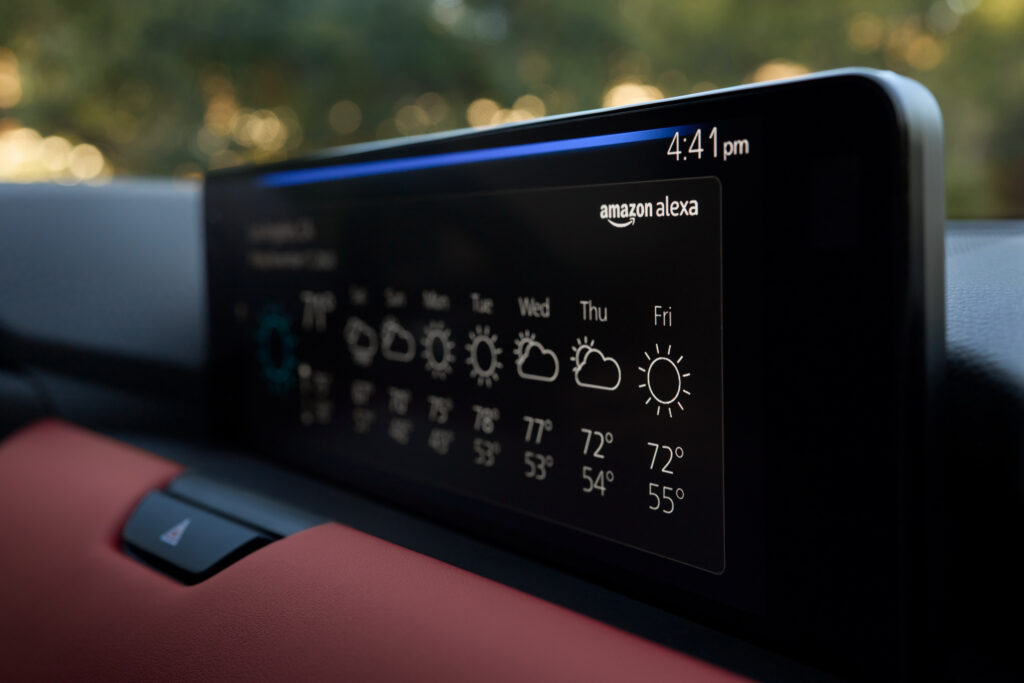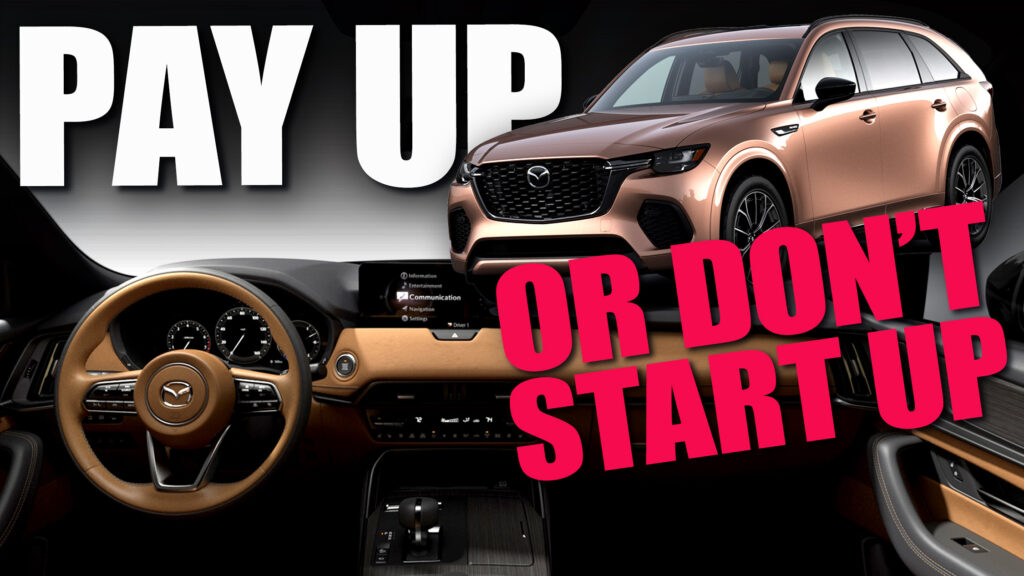- Mazda now charges $10 or more per month for connected services such as remote start.
- These services were previously free, though customers were warned they would eventually incur charges.
- An individual developed an open-source workaround, but Mazda successfully had it removed.
Mazda recently surprised customers by requiring them to sign up for a subscription in order to keep certain services. Now, notable right-to-repair advocate Louis Rossmann is calling out the brand. He points to several moves by Mazda as reasons for his anger toward them. However, it turns out that customers might still have a workaround.
Previously, the Japanese carmaker offered connected services, that included several features such as remote start, without the need for a subscription. At the time, the company informed customers that these services would eventually transition to a paid model.
More: Native Google Maps Won’t Work On New GM Cars Without $300 Subscription
It’s important to clarify that there are two very different types of remote start we’re talking about here. The first type is the one many people are familiar with where you use the key fob to start the vehicle. The second method involves using another device like a smartphone to start the car. In the latter, connected services do the heavy lifting.
Transition to paid services
What is wild is that Mazda used to offer the first option on the fob. Now, it only offers the second kind, where one starts the car via phone through its connected services for a $10 monthly subscription, which comes to $120 a year. Rossmann points out that one individual, Brandon Rorthweiler, developed a workaround in 2023 to enable remote start without Mazda’s subscription fees.
However, according to Ars Technica, Mazda filed a DMCA takedown notice to kill that open-source project. The company claimed it contained code that violated “[Mazda’s] copyright ownership” and used “certain Mazda information, including proprietary API information.” Additionally, Mazda argued that the project included code providing functionality identical to that found in its official apps available on the Apple App Store and Google Play Store.
That doesn’t mean an aftermarket remote starter kit won’t work though. In fact, with Mazda’s subscription model now in place, it’s not hard to imagine customers flocking to aftermarket solutions to avoid the extra fees. However, by not opting to pay for Mazda Connected Services, owners will also miss out on things like vehicle health reports, remote keyless entry, and vehicle status reports.
A growing trend
Bear in mind that this is just one case of an automaker trying to milk their customers with subscription-based features, which could net them millions in extra income. BMW, for example, installs adaptive suspension hardware in some vehicles but charges $27.50 per month (or $505 for a one-time purchase) to unlock the software that makes the suspension actually work.
And then there’s Ferrari’s plan to offer a battery subscription for extended warranty coverage on its hybrid models for a measly $7,500 per year! Granted, while this may sound absurd to most of us, it’s pocket change to people who can afford a Ferrari. Considering it covers all battery-related defects and provides a free replacement after eight years—compared to the standard five-year coverage—it might even appeal to owners of Maranello’s finest.
You don’t own me
However, irrespective of whether one can afford (or is willing to pay for) a subscription, the key lesson from all this is that, if automakers have their way, the car ownership experience is going to change dramatically in the near future. In fact, even the term “ownership” might become somewhat dubious; sure, you might have paid a considerable amount of money to buy your car, and it might legally be yours, but that does not ensure that you really own all of the features it comes with, unless you’re prepared to pay extra.





